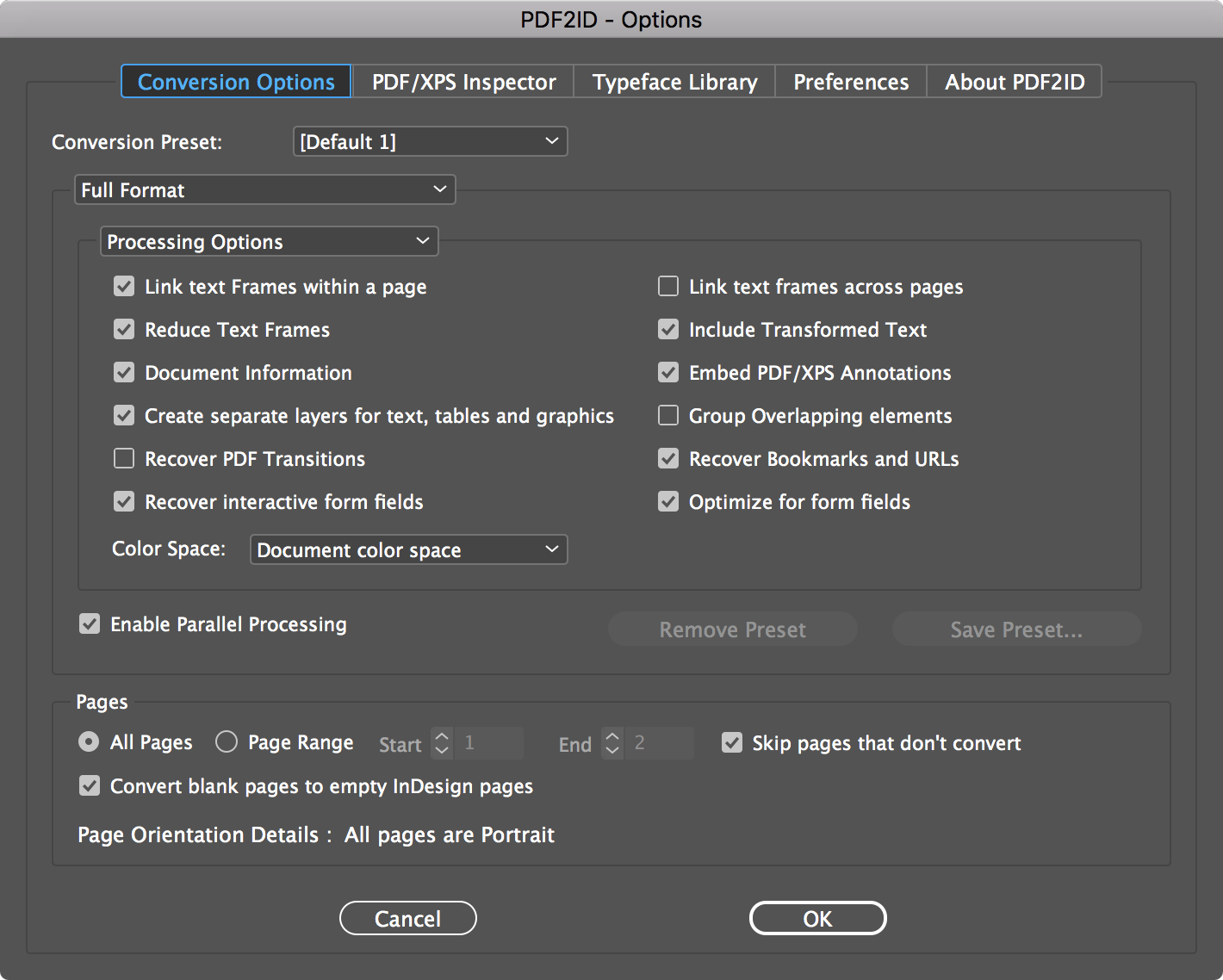


fonts designated for the styles were installed on my computer.paragraph styles are used exclusively for styling.

Make sure the Google Doc is formatted correctly:.Short of this, it is possible for a small shop to put together a fairly nice workflow using a script or two. (Maybe this person also has the tools that will spot and fix the errors.) Even for those who know HTML, I don’t think finding where character 4574 in the third line of text would be something even the most astute HTML jockey would want to tackle. Getting a message like “Expected end of tag ‘meta’ Line:3, Column 4574” makes this process look a little unfavorable. Problem is, File > Import XML… will probably raise an error. According to many articles you find on the web, it should just “work.” It would be nice if you could just change the file type designation for the file downloaded (change HTML to XML XML) and simply import it into InDesign. But, of course, the user most likely did not optimized the images (resampled to the correct dpi, cropped, or prcessed otherwise). So, no matter what you do next with the document, you have the images. The neat thing about the HTML download is that all of the inline images get downloaded into their own separate folder. But with patience, and a mental filter that blocks out the “spans” before you go blind, you can get an idea of how Google Docs does it–at least for HTML. This is not for the “Learn HTML in 24 Hours” student. Unzip the download and open the HTML file in a text editor. If you have the opportunity, export a document (File > Download as Web Page > HTML, zipped).

That is the fun part: You never “save” your document. It looks like Google Docs is HTML (or XML) pure and simple and it’s live. In the process of working on the book, I experimented with a few ideas to automate processes with scripts. Recently I had the opportunity to work on a book that was written in Google Docs. And, believe me, I’m still working on it and don’t pretend to have all the answers. So I decided I had better ramp up on this side of the publishing equation. But over the past year or so, I have been presented with a number of workflow situations that involved Google Docs.Google Docs is cool and it’s free. I love its workflow options with InDesign. I have always been an avid supporter of InCopy.


 0 kommentar(er)
0 kommentar(er)
